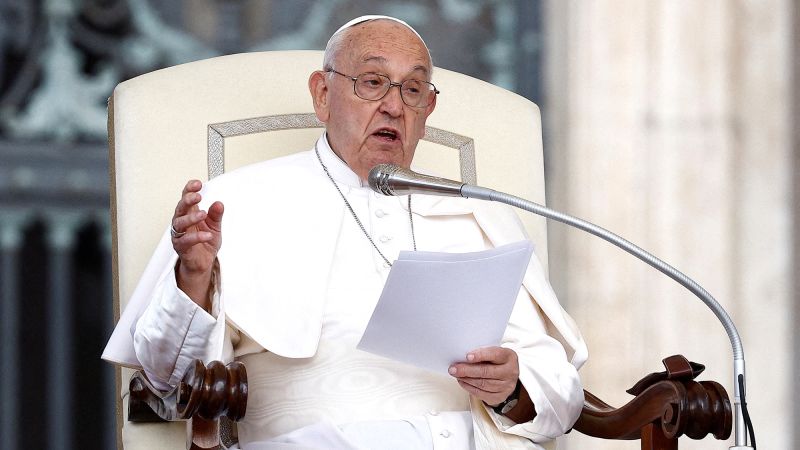Pope Francis’ Apology Sparks Controversy Among LGBTQ+ Community
In a surprising turn of events, Pope Francis has issued an apology for using a homophobic slur during a recent meeting with bishops. The 87-year-old pontiff made the offensive remark while discussing the training of gay men for the priesthood. The Vatican quickly released a statement clarifying that the Pope did not intend to offend anyone and extended his apologies to those who were hurt by his choice of words.
The incident has sparked controversy among the LGBTQ+ community and their allies, who have long been advocating for more inclusive attitudes within the Catholic Church. The Pope’s past remarks on accepting everyone, regardless of their sexual orientation, seem to be at odds with his recent slip of the tongue.
Historical Context of LGBTQ+ Acceptance in the Catholic Church
The use of derogatory language by Pope Francis highlights the ongoing struggle within the Catholic Church to reconcile traditional teachings with modern values of acceptance and inclusivity. The Vatican’s stance on gay priests has been a point of contention for years, with conflicting views on whether LGBTQ+ individuals should be allowed to serve in the priesthood.
Despite his previous attempts to adopt a more welcoming approach towards LGBTQ+ Catholics, the Pope’s recent comments have raised concerns about the true extent of his acceptance. The lack of an official transcript of the meeting has only added fuel to the fire, with many questioning the sincerity of the Pope’s apology.
Implications for LGBTQ+ Rights and Representation in the Catholic Church
As the Catholic Church continues to grapple with issues of LGBTQ+ acceptance, Pope Francis’ apology serves as a reminder of the uphill battle that advocates for equality face within religious institutions. The incident has reignited discussions about the role of gay men in the priesthood and the need for more open dialogue on LGBTQ+ rights within the Church.
Moving forward, it remains to be seen how the Pope’s apology will impact the LGBTQ+ community’s perception of the Catholic Church and its stance on inclusivity. With calls for greater representation and acceptance growing louder, the incident serves as a stark reminder of the work that still needs to be done to create a more inclusive and accepting environment for all individuals, regardless of their sexual orientation.




